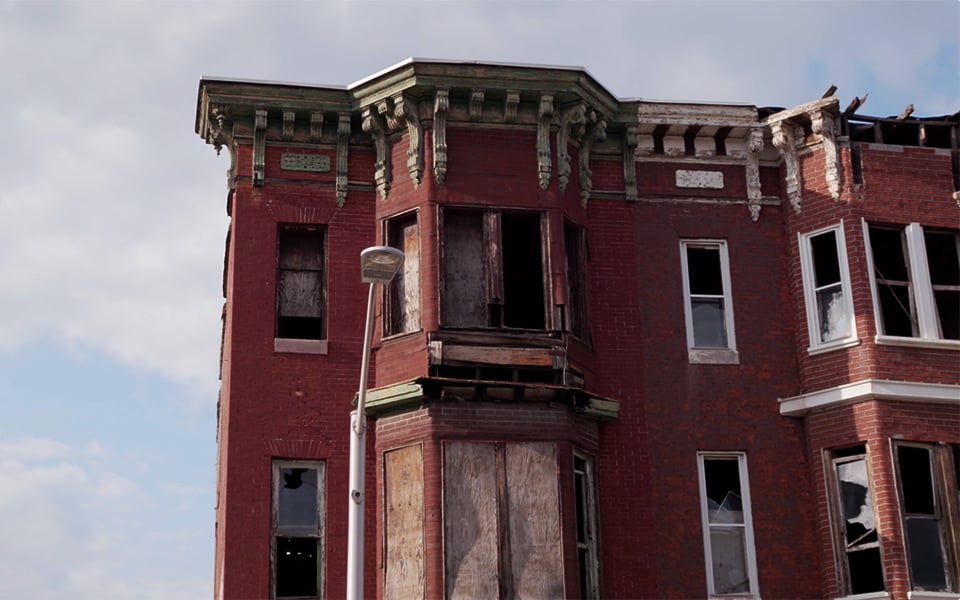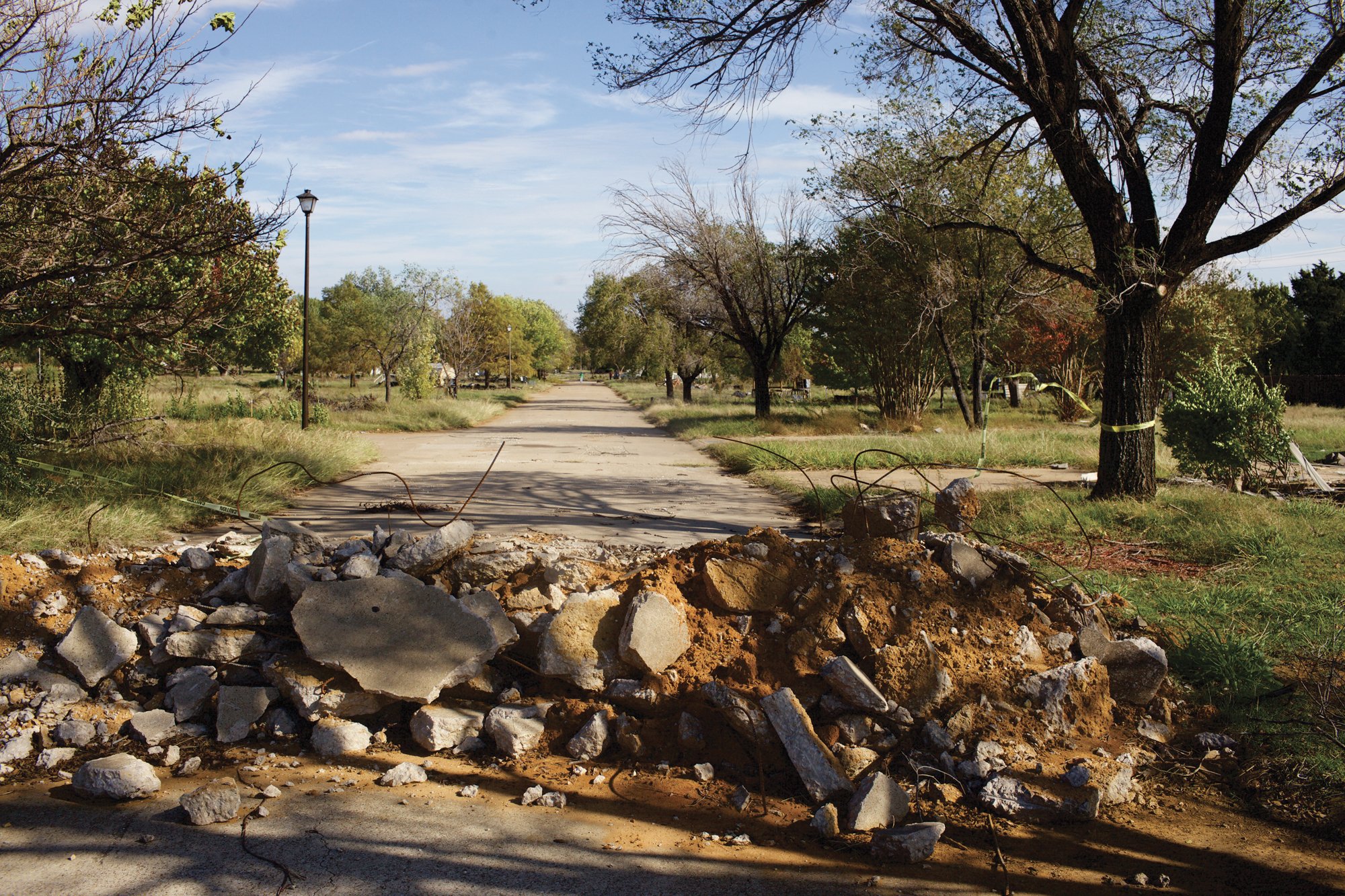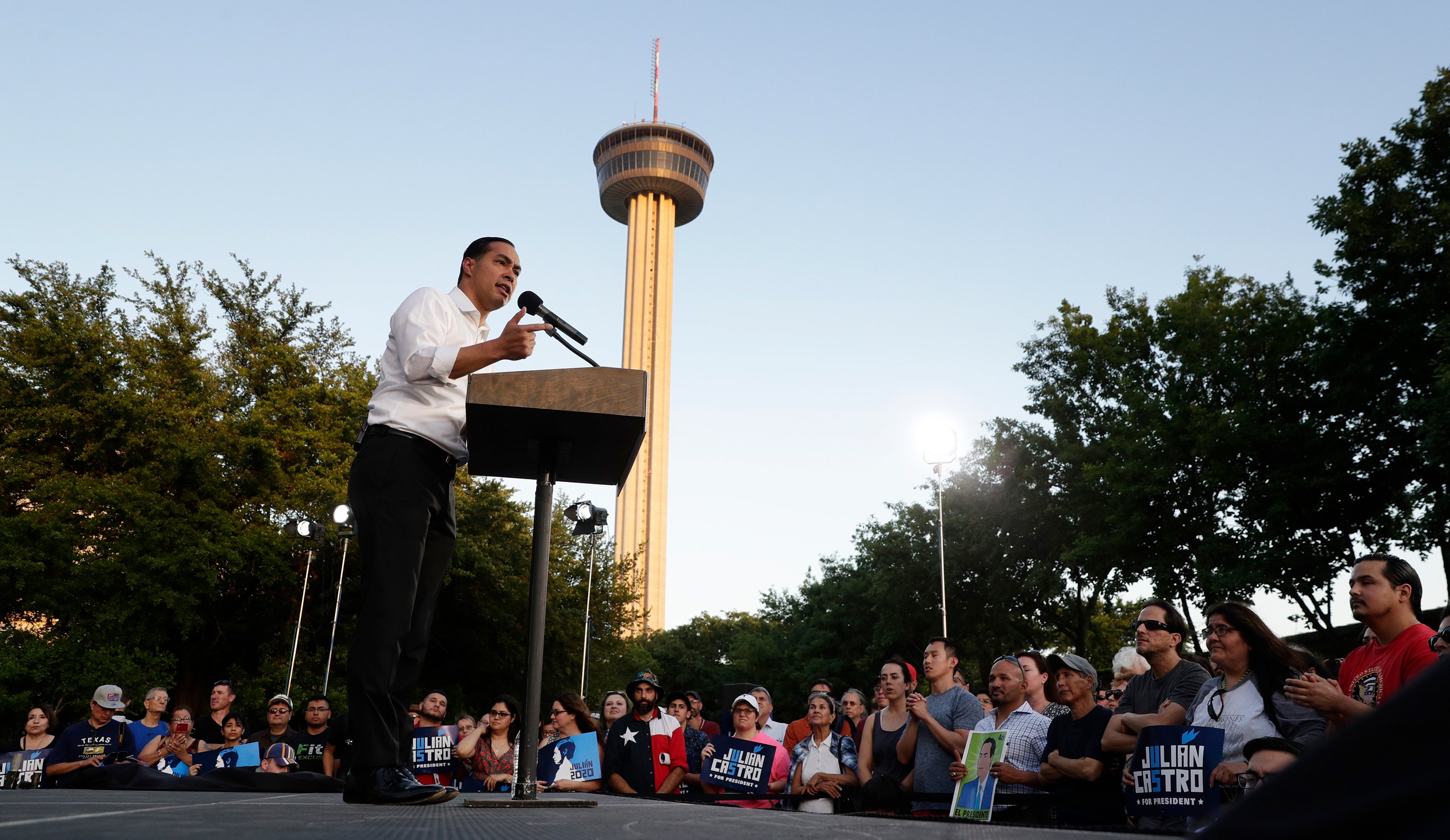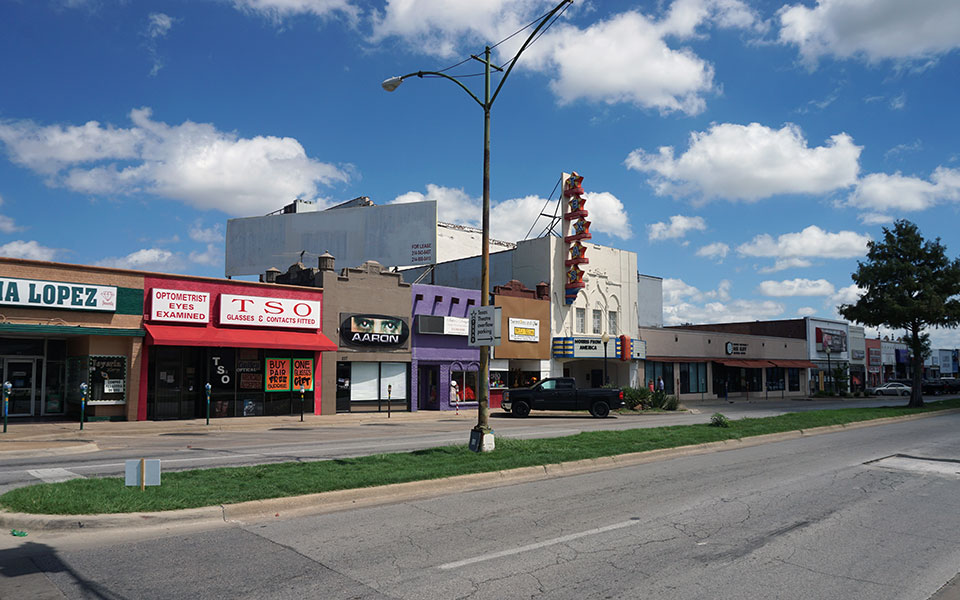
American Cities Weren’t Revitalized by the White ‘Creative Class.’ Immigrants Made Them Great.
Barrio America weaves together several strands of urban studies to tell a story that transcends what might seem like irrevocable barriers of race and class.
Above: The Oak Cliff neighborhood in Dallas in 2016.
In the 1960s, the Chicago neighborhood of South Lawndale—also known as Little Village—was one of the country’s most extreme examples of white flight. Pro-suburban policies, racism, and deindustrialization drove white residents out of the city center. As factories closed or reduced operations, purchasing power declined, the housing stock wore out, and community life broke down.
Veteran real estate developer Richard Dolejs tells author A.K. Sandoval-Strausz that in the early 1960s he was trying to convince his colleagues to bring the Mexican community into the neighborhood, but the numbers weren’t large enough to make a difference.
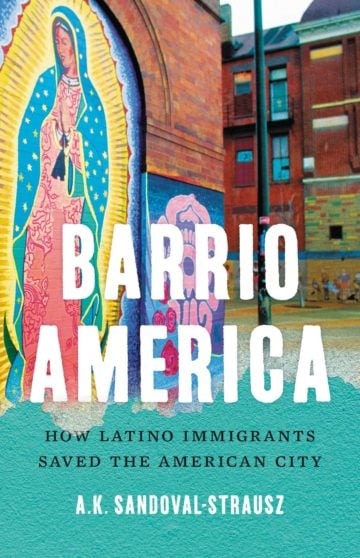
By A.K. Sandoval-Strausz
Basic Books
$19; 385 pages
Buy the book here.
Today, Little Village is a bustling center of Latinx urbanism, thanks to the unprecedented numbers of migrantes who came over after the 1965 Immigration and Naturalization Act and later took advantage of the 1986 amnesty. Once an unfamiliar presence, Latinx people now dominated the neighborhood. This is one of many stories of demographic change and urban revitalization that Sandoval-Strauz tells in colorful detail in Barrio America: How Latino Immigrants Saved the American City. Today, as the country grapples with a resurgence of anti-immigrant hatred, this fascinating history couldn’t be more timely.
The book also focuses on Dallas’ Oak Cliff, once a prosperous white suburb that benefited from the major industries that emerged during World War II; one major employer was the Naval Weapons Institute Reserve Plant. Memorialized by journalist Grover Lewis as “Cracker Eden,” or a “paradise of the deepest redneck dye,” the neighborhood was a place forbidden to African Americans. As in Chicago, the white power brokers did their best to uphold an image of the Big D as racially tolerant and forward-looking, while the increased crime and social breakdown brought on by depopulation spoke otherwise.
Into this breach stepped Mexican migrants to provide a needed boost to Dallas’ fortunes. Tereso Ortiz, who came from a village in the Mexican state of Guanajuato and quickly found well-paid supervisory employment, represents a typical story. Like him, other migrants took advantage of the opportunity to rehabilitate rundown housing. They brought over cultural traditions such as walking whenever possible and helping out members of their community; they stayed out of crime and violence. Jefferson Boulevard was revamped by entrepreneurs like Salvadoran Gloria Rubio, whose Gloria’s Latin Cuisine today employs hundreds of people in 20 locations around Texas.
The white political machines in both cities made it difficult, however, to translate demographics into political power. In Chicago, activists like Rudy Lozano, a labor organizer, engaged with the city’s first black mayor, Harold Washington, to form a powerful coalition. When his sister Emma found him making a banner declaring “BLACK-LATINO UNITY,” she asked him if it existed. “It’s gonna exist now,” he replied. In Dallas, the effort was muddied by Hispanics who classified themselves as white ethnics. But the Voting Rights Act made the whiteness strategy irrelevant, and the election of the city’s first black mayor, Ron Kirk, at last allowed a black-brown coalition to develop.
Barrio America weaves together several strands of urban studies to tell a story that transcends what might seem like irrevocable barriers of race and class. Though official segregationist policies remained in place in many cities, the immigrants helped bring about a physical transformation, aided by such cultural imports as converting front porches into semi-public spaces of watchfulness and community (“la yarda”). The new spatial reality eventually acquired political meaning.
While white-led movements like New Urbanism were speculating on how American cities might become human-scaled and walkable, the actual work of revitalization was often being accomplished without much fanfare.
Many Texan readers will have witnessed the exuberance on barrio streets, as “ambulantes, or itinerant vendors, sell … drinks like horchata and aguas frescas, desserts like paletas and helados, snacks like chicharrones and elotes and tacos.” Parking lots are often converted into open-air public markets, and murals of legendary figures grace barrio walls. By the 1970s Dallas’ Pike Park was formalized as a public plaza incorporating a quintessential Mexican architectural style including an open pavilion. Such transfiguration of public space is visible in Denver, New York City, and certainly in South-Central Los Angeles, long celebrated for Latinx urbanism. Even in small-town America, though on a smaller scale, this spatial and psychic metamorphosis was beginning to occur before nativist fears in the first years of the 21st century set the trend back.
While white-led movements like New Urbanism were speculating on how American cities might become human-scaled and walkable, the actual work of revitalization was often being accomplished by new migrants without much fanfare. The rejuvenation operates across the border, too, as with the Oak Cliff-based Federation of Zacatecan Clubs of North Texas, one of many “hometown associations” remitting funds to improve infrastructure in Mexico.
Along with Latinx urbanism, Sandoval-Strausz also explores transnationalism, the carryover of cultural influences across borders. Understanding this concept is another way to penetrate the real dynamism occurring on the ground, which can be overlooked if the focus remains on stereotypical fears like Latinx crime. Of course, the reality is the opposite, as immigrants commit crimes at significantly lower rates than do U.S. citizens. Crime rates in Little Village and Oak Cliff are lower than their cities’ averages.
Consistent with his vision of cities that are always changing rather than static, Sandoval-Strausz looks toward what might follow Latinx urbanism. Mirroring the well-documented urban crisis of the mid-20th century, to which Sandoval-Strausz adds much detail for Chicago and Dallas, the reversal of white flight poses a mortal threat to Latinx urbanism. Though Sandoval-Strausz believes in the power of “enclave economies,” locally owned businesses might not be able to withstand the inroads of gentrification. Finally, as American-born generations take over, the cultural traditions responsible for Latinx urban vitalization begin to fade.
Latinx urbanism may well end up being a victim of its own success, especially as net migration from Mexico turns negative. Yet the narrative of what took place to enliven American cities, as racial and political injustices were dismantled by enterprising migrantes, deserves our deepest attention at this fraught moment of xenophobic hysteria.
Read more from the Observer:
-
The Large Ask: Naomi Klein concedes in her new book that fighting climate change will be expensive and disruptive. She also passionately argues that it remains our most necessary battle.
-
Bridge to Nowhere: Where the Texas Gulf Coast meets Mexico, a trio of fossil fuel companies is planning an industrial complex the likes of which Texas’ Rio Grande Valley has never seen.
-
American Health Care is Broken, Especially in Texas. What Can We Do About It? Physician Marty Makary’s new book shows how sky-high medical bills can ruin patients’ lives—but puts the burden on individuals to demand change.
